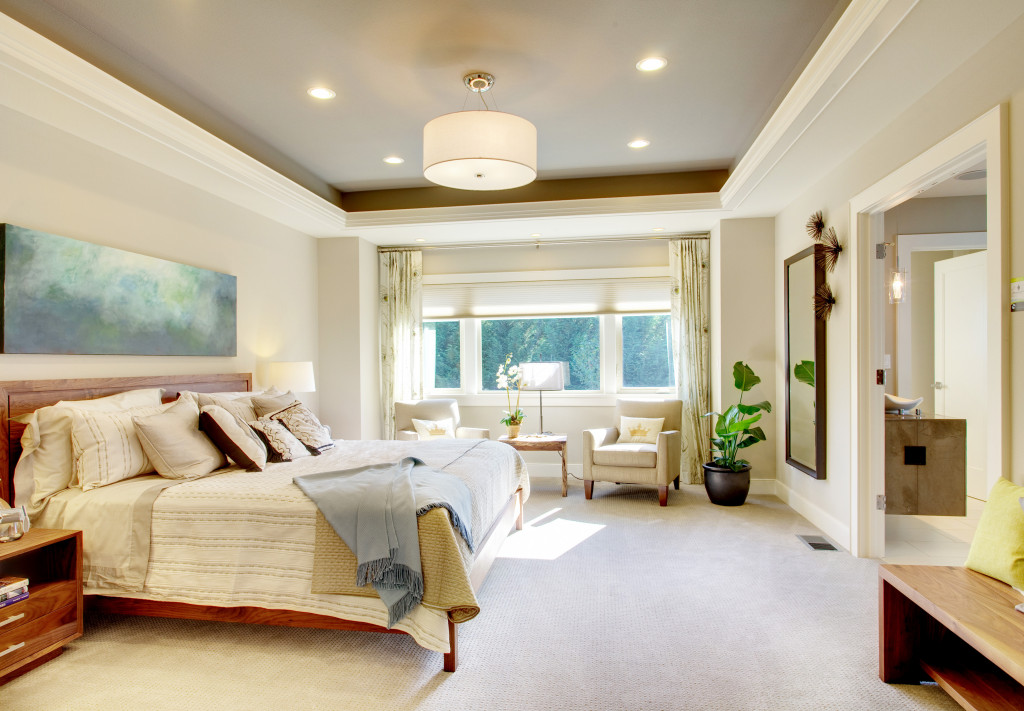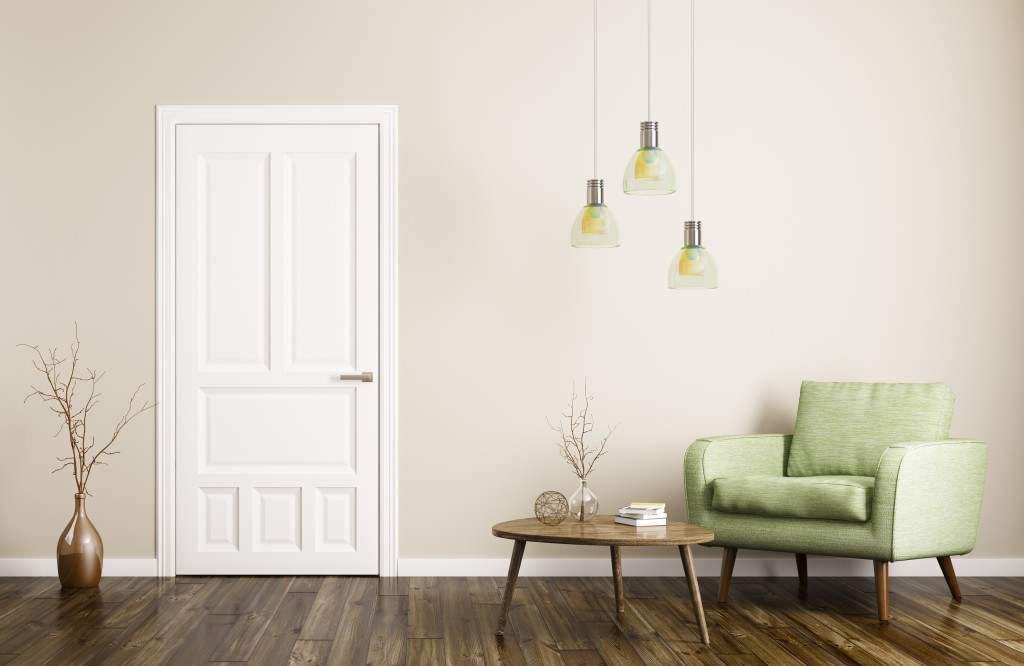Attention to detail is never more important than in home interior design. Most people focus on the obvious matters, like acquiring furniture and room accessories that “should” be present in a room, rather than strategize on the design and functionality of the entire space. While it is important to pay attention to the centerpieces of a room, sometimes what brings an entire room together are not the main pieces but the supporting elements of interior design.
Below are examples of how minor details can add the “professional touch” to a home’s interior design.
Wall Texture
Your walls are the backdrop for your home’s interior design. The material and color easily become the basis for the design’s theme or concept. There is, however, one more factor that should be included when deciding the color and material for your interior walls: the texture.
Bare concrete, for example, lends an industrial feel that makes chrome appliances, metallic gold and silver surfaces, and steel furniture fit in. But if you paint bare concrete white, it can transform the room and give it a Bohemian or modern Mediterranean feel. The rough texture of the bare concrete often creates a powdery aesthetic that’s perfect for both themes. Rather than go heavy on the chromes and metals, you can now opt for wood furniture, tall potted plants, and plant-based accessories.
Indeed, texture, together with color and lighting, can enhance or take away from the overall look of a room.
Finishing Touch-ups

Sloppy craftsmanship is never a good look for interior design. Visible scruff marks on the baseboards, imprecise cuts on the tiles around a door frame, and nicks on the drywall are examples of tiny flaws that can make a huge impact: trained eyes will immediately go to them, which can be a problem when you want to sell your house for a premium price.
Drywall contractors from Denver, Longhill Contracting, got it right by offering cosmetic repairs as part of their services regardless of who installed the drywall. Patching up the blemishes on the drywall, ceiling, flooring, and trims can make a room look and feel like it was put together by a premium-class construction team.
Moldings
Many would say they notice the molding, especially in houses with high ceilings. They would be wrong because moldings frame a room. It may not be obvious, but moldings affect the way people perceive a room. For example, crown molding that runs the length of a room without breaks can make it feel longer or wider. Similarly, molding that merges seamlessly with the door frame and windows of a room can create a sense of intimacy and coziness.
If the molding doesn’t match the main theme of the room, or if it looks poorly done compared to the other details of the room, it becomes an eyesore that can draw people’s eyes away from even the most expensive furniture.
Any professional could attest that the devil is in the details in interior design. Quality is often synonymous with expensive, but the price tag is not the only way to measure it. The level of care and expertise applied to things like the drywall installation, crown molding design, and tile laying often matter more. Pay attention to these details in the construction or renovation of your home so that you’ll achieve the magazine-worthy aesthetic that you’re aiming for.


